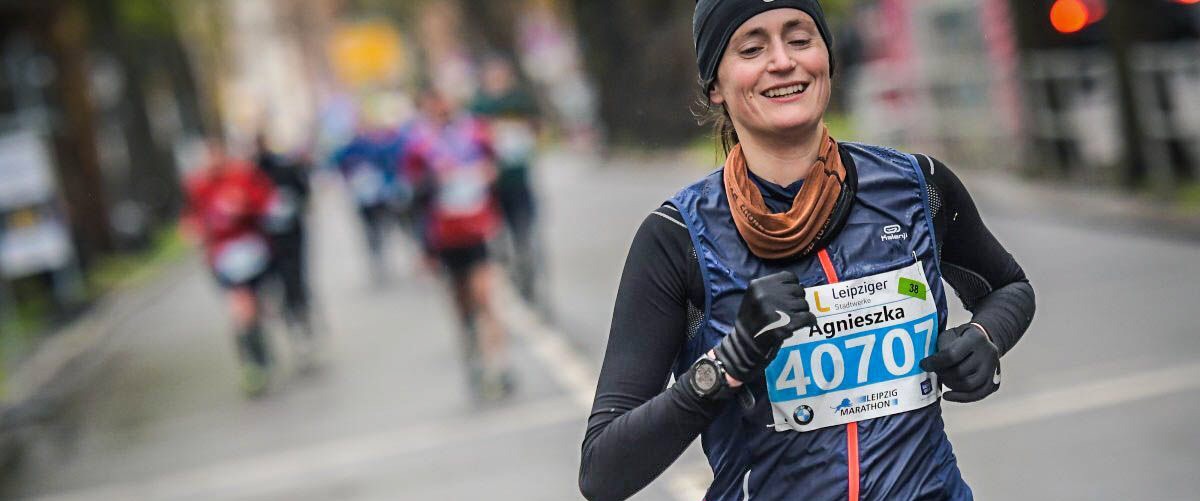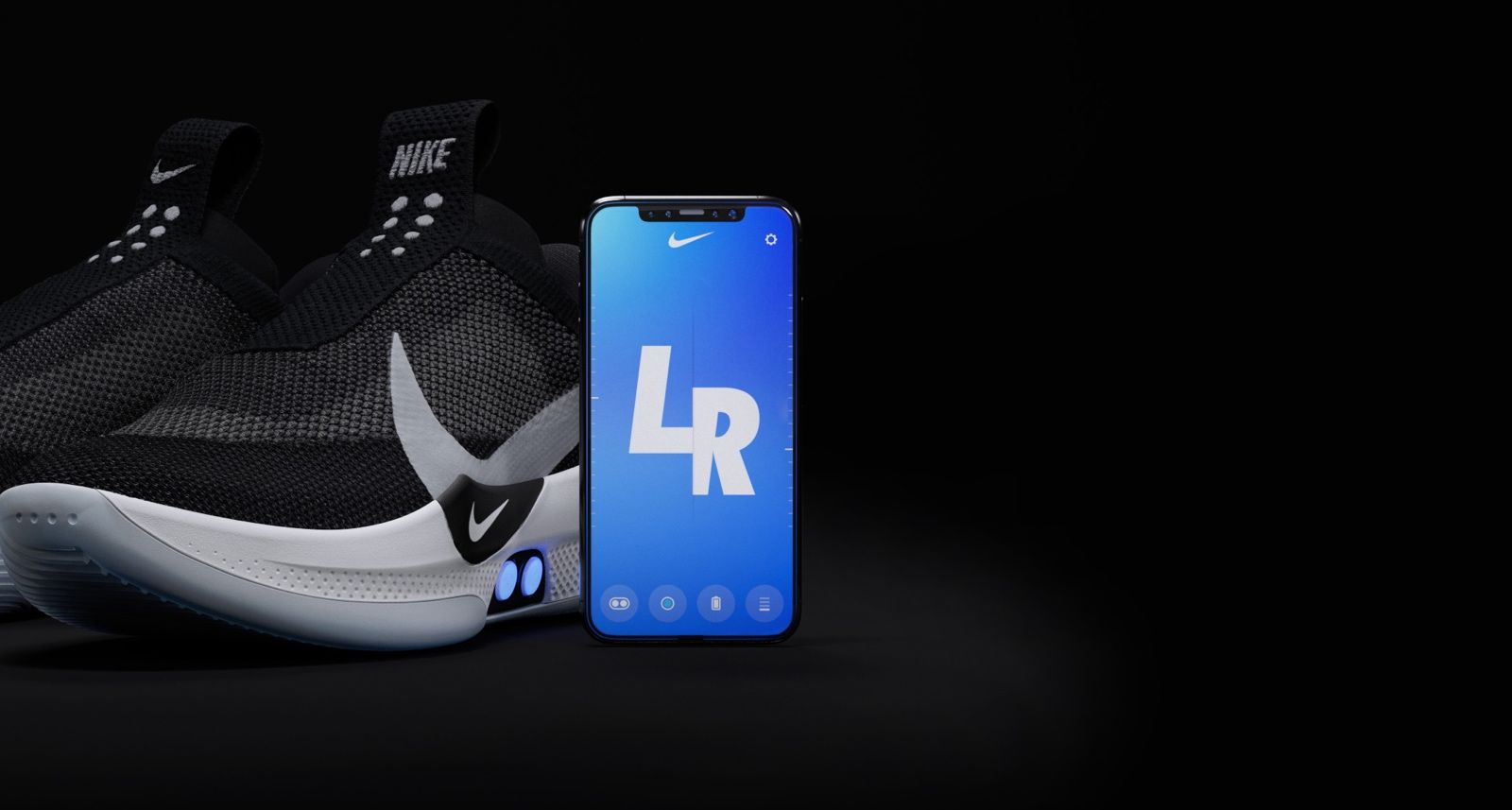This season is slowly getting serious – the first marathon is done and the Challenge Championship is only 6 weeks…
Tag: running
6 years of running – what I learned
Exactly 6 years ago I went for a run for the first time in my grownup life. I probably don’t…
Is this the future of running shoes?
For someone who loves both sports and technology – this was the new of the week. Nike announced Adapt BB…
The power of habit – how it all began
Recently more and more people were asking me how I got into triathlon. That’s why I decided to write a…




